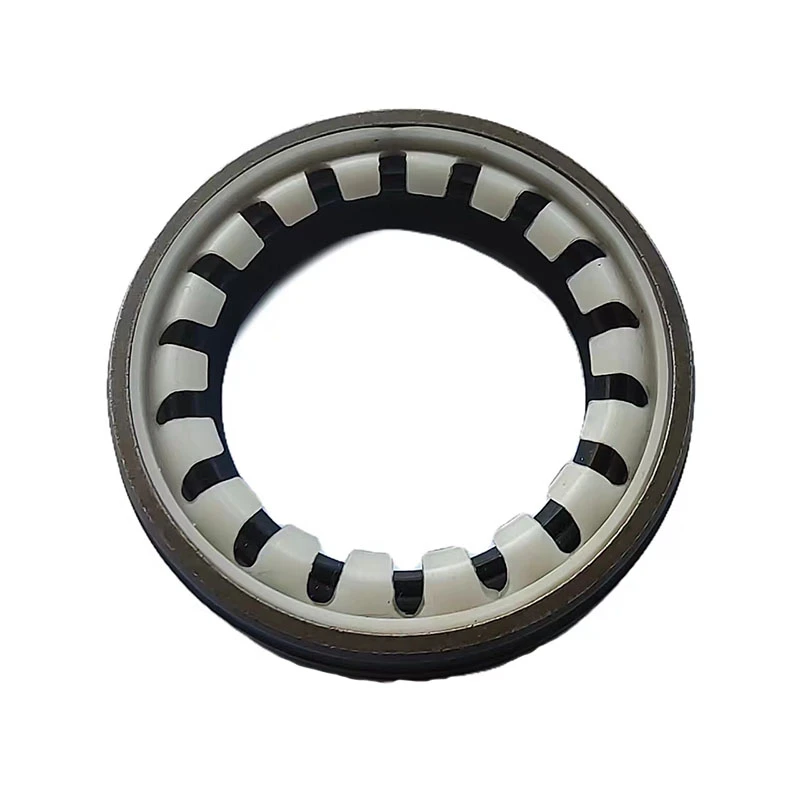reusing crush washer
The Benefits and Challenges of Reusing Crush Washers
In the realm of mechanical engineering and automotive repair, small components often play significant roles in ensuring the efficiency and longevity of systems. One such component is the crush washer. Traditionally, these washers are designed for single-use applications, providing a tight seal to prevent leaks in a variety of settings, including oil pans, fuel lines, and hydraulic systems. However, the prospect of reusing crush washers has emerged as a sustainable practice that merits discussion, balancing environmental benefits with performance considerations.
Understanding Crush Washers
Crush washers, typically made from soft metals like aluminum or copper, work by deforming under pressure. This deformation fills any gaps between the mating surfaces and provides an effective seal. Their primary function is to accommodate thermal expansion and contraction, ensuring that no fluids escape from critical junctions. For many mechanics and engineers, the common wisdom dictates that once a crush washer is used, it must be replaced; its structural integrity compromised after the initial sealing function.
The Case for Reusing Crush Washers
1. Environmental Impact One of the compelling arguments for reusing crush washers is their environmental benefit. The disposal of single-use components contributes to industrial waste. By advocating for the reuse of these washers, businesses can decrease waste and lessen their environmental footprint. In an era that prioritizes sustainability, this practice aligns with broader corporate responsibility goals.
2. Cost Efficiency For repairs or maintenance where multiple washers are typically used, reusing crush washers can lead to significant cost savings. In sectors where overhead costs are critical, mechanics and technicians can save money on parts by extending the lifecycle of components that still offer adequate sealing capabilities.
3. Resource Conservation The raw materials required to manufacture crush washers can be extensive. Reusing existing washers helps conserve these materials and reduces the demand for new production. This practice promotes a circular economy, where components are utilized to their fullest potential before being recycled or disposed of.
reusing crush washer

Challenges and Considerations
While the benefits of reusing crush washers are apparent, the practice is not without its challenges.
1. Performance Risks The primary concern with reusing crush washers is reliability. Unlike some components that can be cleaned and refurbished, crush washers rely on their ability to deform to create a seal. Reusing a washer that has already been compressed may not guarantee the same level of seal integrity, potentially leading to leaks.
2. Inspection and Assessment To responsibly reuse crush washers, mechanics must implement rigorous inspection protocols. Technicians must be trained to discern between washers that can safely be reused and those that show signs of wear or damage. This assessment takes time and could slow down the repair process.
3. Regulatory Compliance In certain industries, especially those involving safety-critical systems (like aviation or heavy machinery), regulations may dictate that components must be replaced after a single use. Thus, while reusing crush washers may make sense in theory, practical applications can be limited by industry standards.
Conclusion
The reuse of crush washers presents a fascinating intersection of sustainability, cost efficiency, and mechanical engineering. While there are considerable advantages in terms of environmental impact and resource conservation, the practicalities of performance reliability and regulatory compliance should not be overlooked. As industries increasingly prioritize sustainable practices, the question of reusing crush washers—and perhaps redefining their lifecycle—will undoubtedly warrant continued exploration and dialogue. Ultimately, finding the right balance between efficiency and sustainability will shape future practices within the engineering community.
-
Understanding the Front Main Engine Seal: Purpose, Maintenance, and Installation
News Jul.29,2025
-
Understanding O-Rings and Seal Rings: Types, Applications, and Custom Solutions
News Jul.29,2025
-
Understanding Crankshaft Oil Seals: Rear Seals, Pulley Seals, and Their Role in Engine Integrity
News Jul.29,2025
-
The Importance of Front and Rear Crankshaft Seals in Engine Performance and Oil Management
News Jul.29,2025
-
Crank Oil Seals: Functions, Types, and Cost Considerations in Engine Maintenance
News Jul.29,2025
-
A Comprehensive Guide to O-Rings and Seals: Types, Materials, and Global Applications
News Jul.29,2025
-
Mastering Diesel and Performance Engine Maintenance: A Guide to Critical Oil Gaskets
News Jul.28,2025
Products categories















